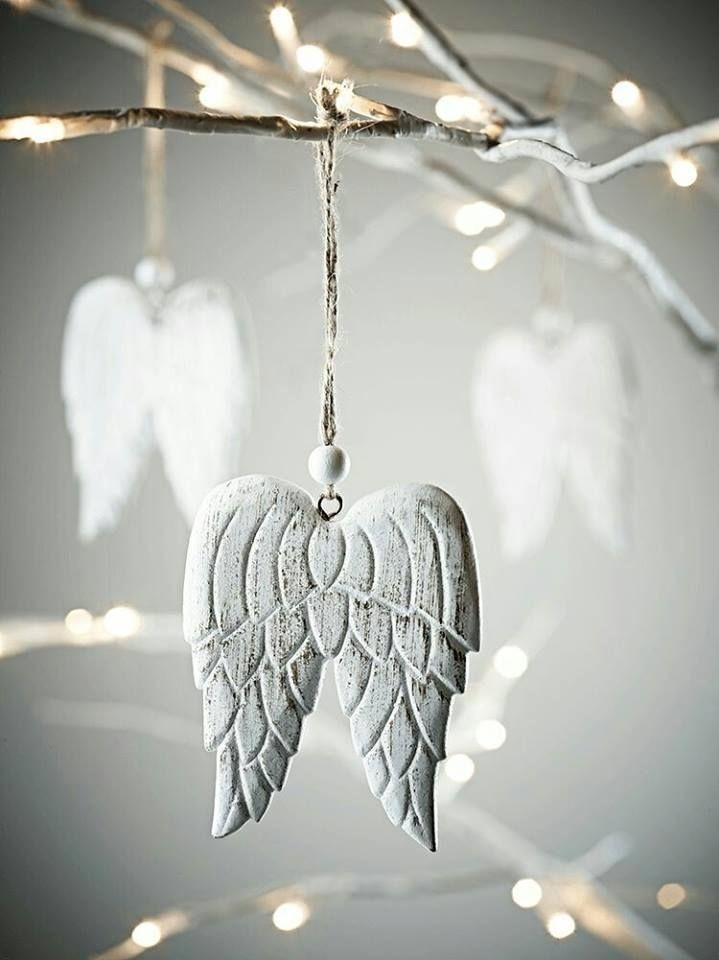History of African Art...
- Koöko Fleurs
- Oct 1
- 3 min read

A History of African Art is as much a story of fluid identities and interwoven traditions as it is of aesthetic mastery. Historically, African art was classified either by the so-called "tribe" from which it originated or by its function. Yet both approaches have proven inadequate. The term "tribe" itself has fallen out of favor among scholars due to its oversimplification of complex social realities. Colonialism, with its rigid mapping of political and linguistic boundaries, often froze dynamic relationships into artificial constructs. The notion of a tribe—implying a homogenous group with shared language, values, and political structures—fails to account for the diversity within African societies, which are frequently divided by class, religion, politics, language, and literacy. These internal distinctions have given rise to varied artistic expressions, such as the exclusive royal art of the Kuba kingdom in Zaire or the provincial adaptations of court art in Benin. Classifying art by tribe not only obscures these nuances but also overlooks the mobility of artists and the circulation of objects across regions.
Artistic exchange has long been a hallmark of African creativity. The Asante of Ghana, for instance, have commissioned khasa blankets and kerka wall hangings from Fulani weavers near the Niger River in Mali for centuries. These textiles are not merely decorative—they carry immense cultural prestige. Similarly, the embroidered gowns of northern Nigeria exemplify collaborative craftsmanship: one group weaves the cloth, another embroiders the pocket, and yet another designs the motifs. As John Picton and John Mack note in African Textiles, such garments may have played a role in unifying the emirates of northern Nigeria following the early nineteenth-century holy wars. This kind of interethnic cooperation challenges the notion of singular tribal authorship and highlights the importance of shared artistic vocabularies.
The fluidity of artistic identity is further illustrated by the Hausa men who now cast modern Asante gold weights near Kumasi. Attribution becomes difficult when skills and styles transcend geographic and ethnic boundaries. Jan Vansina, in Art History in Africa, advocates for a shift in focus—from the institution to the object itself. He urges scholars to document the artist’s name, the date of creation, the village or workshop of origin, and the production method whenever possible. This approach honors the individuality of the maker and the specificity of the object, rather than subsuming both under broad cultural labels.
Classifying African art by function also presents challenges. A single piece may serve multiple purposes, or its intended use may be ambiguous. Margaret Trowell, in African Design, proposes an alternative taxonomy based on material—wood, metal, ivory, textiles—allowing for a more objective and inclusive framework. This method respects the tactile and technical dimensions of African art, while sidestepping the pitfalls of reductive categorization. Ultimately, the history of African art is not a fixed narrative but a living archive of exchange, adaptation, and resilience. It invites us to look beyond labels and toward the intricate relationships between maker, material, and meaning.
The history of African art resists containment within rigid categories or static definitions. It is a dynamic continuum shaped by movement, collaboration, and reinvention. Attempts to classify African art by tribe or function have often obscured the complexity of its origins and the richness of its exchanges. As the scholarship evolves, so too must our frameworks—toward approaches that honor the fluidity of identity, the specificity of craftsmanship, and the interwoven legacies of makers and materials. African art is not merely a reflection of cultural heritage; it is a testament to the ingenuity of artists who navigate boundaries, reinterpret traditions, and forge connections across time and space. In embracing this multiplicity, we begin to see African art not as a static artifact of the past, but as a living, breathing archive of human creativity.











Comments